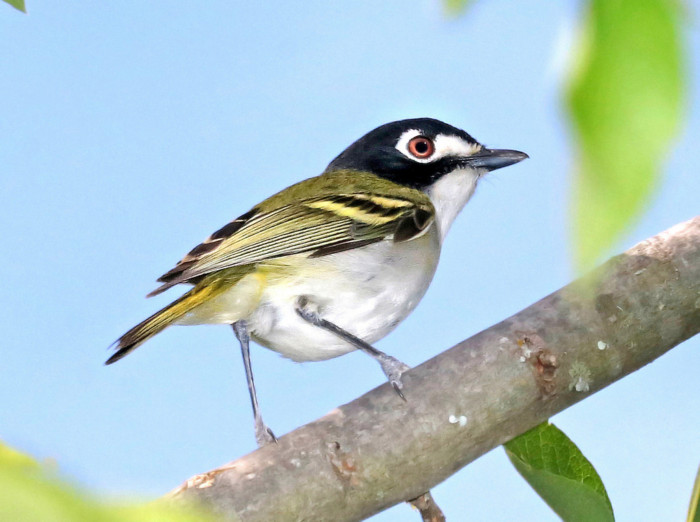Imperiled species and their habitats are protected under the Endangered Species Act (ESA), administered by the U.S. Fish and Wildlife Services (USFWS) and the National Marine Fisheries Services (NMFS). Threatened and endangered species are afforded the same protection under the Act and are listed solely based on their biological status and threats to their existence. Under the Act, species and their habitats are protected by prohibiting the “take” of listed animals and trade in listed plants and animals. The USFWS and NMFS, along with their partners (including private landowners), also work towards the recovery of species, where the decline of species at risk is mitigated by removing or reducing threats to those populations.

In May 2018, the black-capped vireo was removed from the federal threatened and endangered species list. This small songbird with a black cap and white face mask was listed as federally endangered in 1987 mainly due to habitat loss and parasitism by brown-headed cowbirds. Thanks to the collaborative efforts of the USFWS, private landowners, non-governmental organizations, and Oklahoma and Texas state departments, the species has made a remarkable recovery. These birds were nearly extinct when they were first listed under the Act; now there are over 14,000 birds estimated across the breeding range. The conservation of the black-capped vireo has succeeded primarily through the cooperation and continued efforts of private landowners. By following management guidelines provided by the USFWS, landowners played a vital role in the recovery of this species.
The delisting of any species is hailed as a huge success, requiring concerted efforts required to protect, restore and enhance a species’ habitat. Delisting a species can reap major benefits for private landowners, ranchers, and farmers as well as businesses across various industries. For example, projects that affect the black-capped vireo habitat are no longer required to mitigate for the removal of the habitat. This saves landowners and interested parties thousands – if not millions – of dollars in costs that would otherwise go towards mitigation efforts.
While there has been much concern among landowners regarding the increasing number of species protected under the Act, the USFWS is working towards aligning the interests of property owners with species protection and recovery. Landowner involvement is crucial in protection and recovery efforts, especially in a state like Texas where around 97% of the land is privately held. Given that half of all listed species have at least 80% of their habitat on private lands, landowners have a great opportunity to conserve and manage the fish and wildlife resources across the country.
Contact Our Environmental Consultants
Learn more about habitat conservation if you are a landowner and interested in being involved, and please Contact Us if you have any questions.